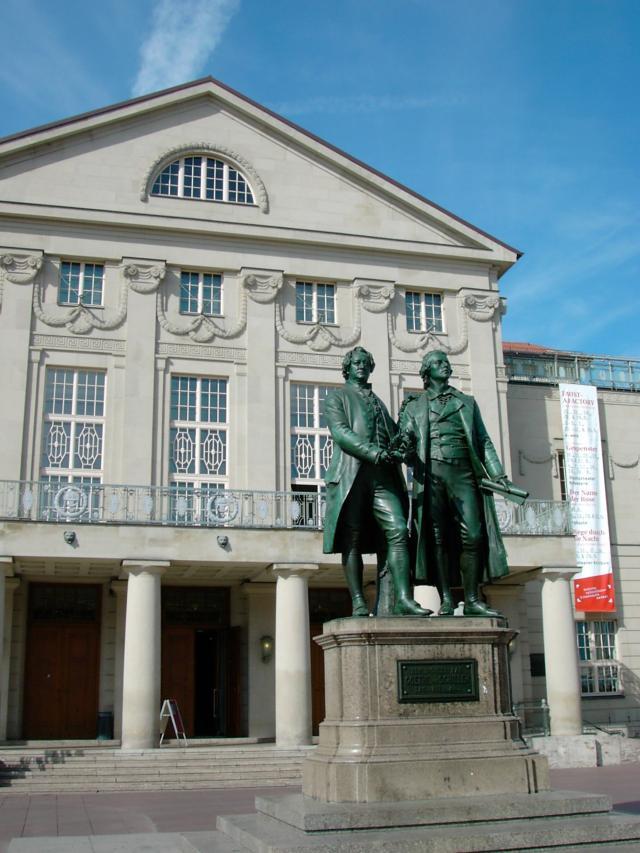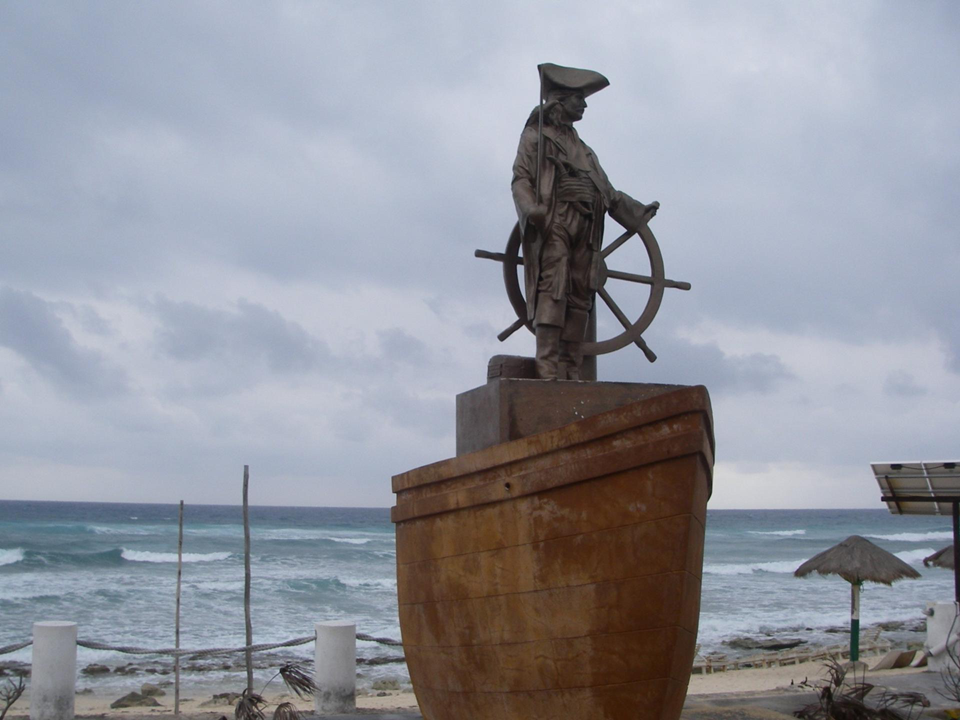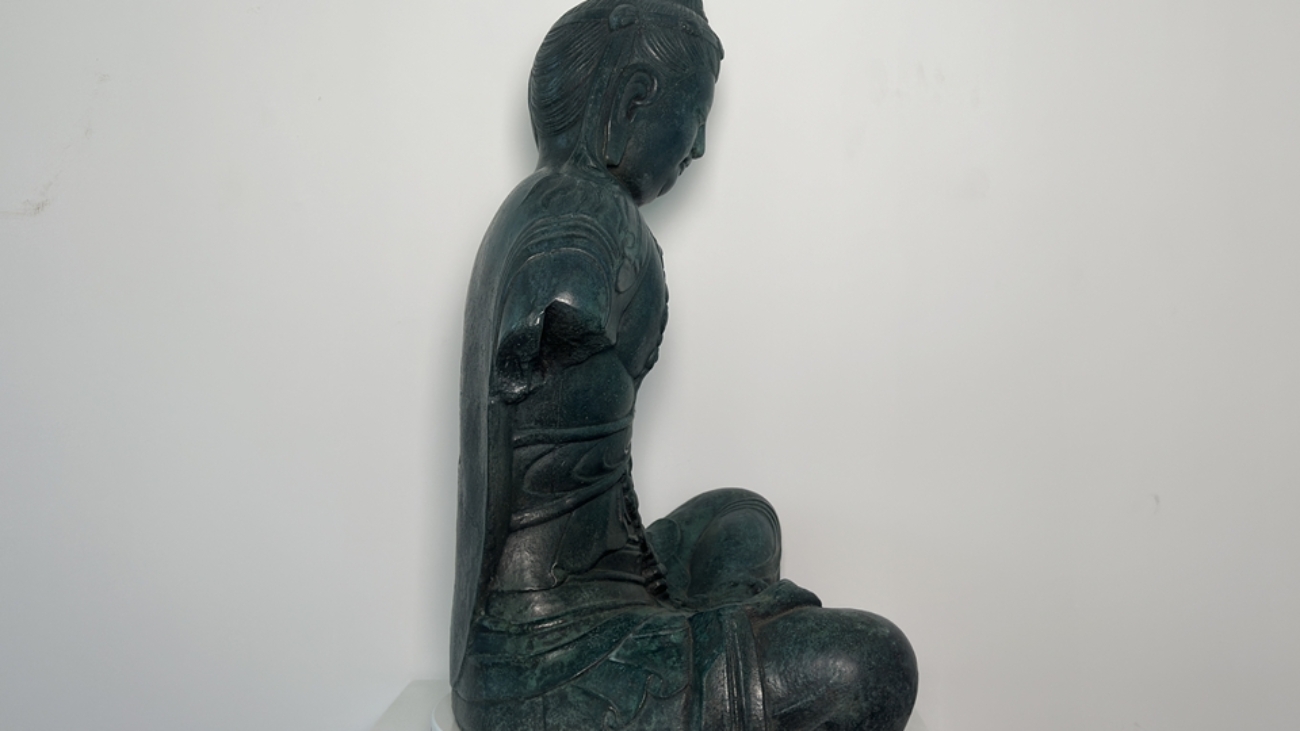Creating bronze is an alchemy of art and science, transforming raw metals into timeless masterpieces. While DIY methods exist, professional bronze creation demands precision tools, metallurgical expertise, and industrial safeguards. At Artvision Sculpture Group Limited, we elevate this ancient craft with 12 years of refined mastery, blending Renaissance techniques with aerospace-grade innovation to deliver heirloom-quality sculptures.

Step 1:Design Visioning
Every bronze masterpiece begins with a concept. Artists sketch intricate designs ,considering proportions, movemet ,and emotional resonance.For complex works,miniature clay or wax models visualize depth—capturing textures as fine as flowing drapery or anatomical details.
Step 2:Model Crafting
Sculptors hand-build full-scale models using oil-based clay or microcrystalline wax. This stage demands precision: a 10%shrinkage factor must be calculated for the final bronze piece. Wax excels for delicate features like feathers or facial expressions, where every groove impacts the final result.
Step 3:Mold Engineering
The model is encased in a heat-resistant mold(silicone or plaster) .Traditional lost-wax methods use ceramic shells, while modern studios employ 3D-printed molds for millimeter accuracy.At Artvision,we laser-scan models to create reusable molds—ideal for limited editions.
Step 4:Alloy Alchemy
Bronze requires exact copper-tin ratios:
Structural integrity:88–90%copper+10–12%tin for load-bearing sculptures.
Artistic detail78–85%copper+15–22%tin for fluid castability.
Molten bronze reaches 1,100°C(2,012°F)in graphite crucibles—temperatures requiring industrial furnaces and infrared thermometers.

Step 5:Precision Casting
Bronze is poured into preheated molds. For hollow forms, ceramic cores create internal cavities. Centrifugal casting spins the mold at 300 RPM, forcing metal into intricate corners while eliminating air pockets.
Step 6:Controlled Cooling&Liberation
Molds cool for 24–48 hours in temperature-controlled chambers. Demolding involves chiseling away plaster or sand, then sandblasting residue—a critical phase where 62%of amateur cracks occur.
Step 7:Patina Artistry
Chemical patinas(ferric nitrate for emerald greens, cupric nitrate for sapphire blues)are hand-rubbed onto heated bronze. A final beeswax seal locks in color while preventing oxidation.
Why Choose Professional Bronze Creation?
DIY kits risk structural flaws and safety hazards:
Alloy errors: Imprecise ratios cause brittleness or corrosion.
Equipment gaps: Some furnaces can’t maintain 1,100°C consistently.
Safety perils: Molten metal splashes cause severe burns without industrial gear.
Artvision combines Donatello’s lost-wax techniques with ISO-certified metallurgy. Our sculptures withstand centuries, backed by a 50-year integrity guarantee.
Commission Your Bronze Legacy
Transform concepts into eternal art:
Consult Share sketches or inspirations via our design portal.
Visualize: Receive 3D renderings and alloy samples.
Create your piece crafted via live studio updates.
Step-by-Step Guide to Creating Bronze
culminates in mastery—entrust yours to Artvision’s engineers and artists. Where vision becomes enduring metal.



Add a Comment